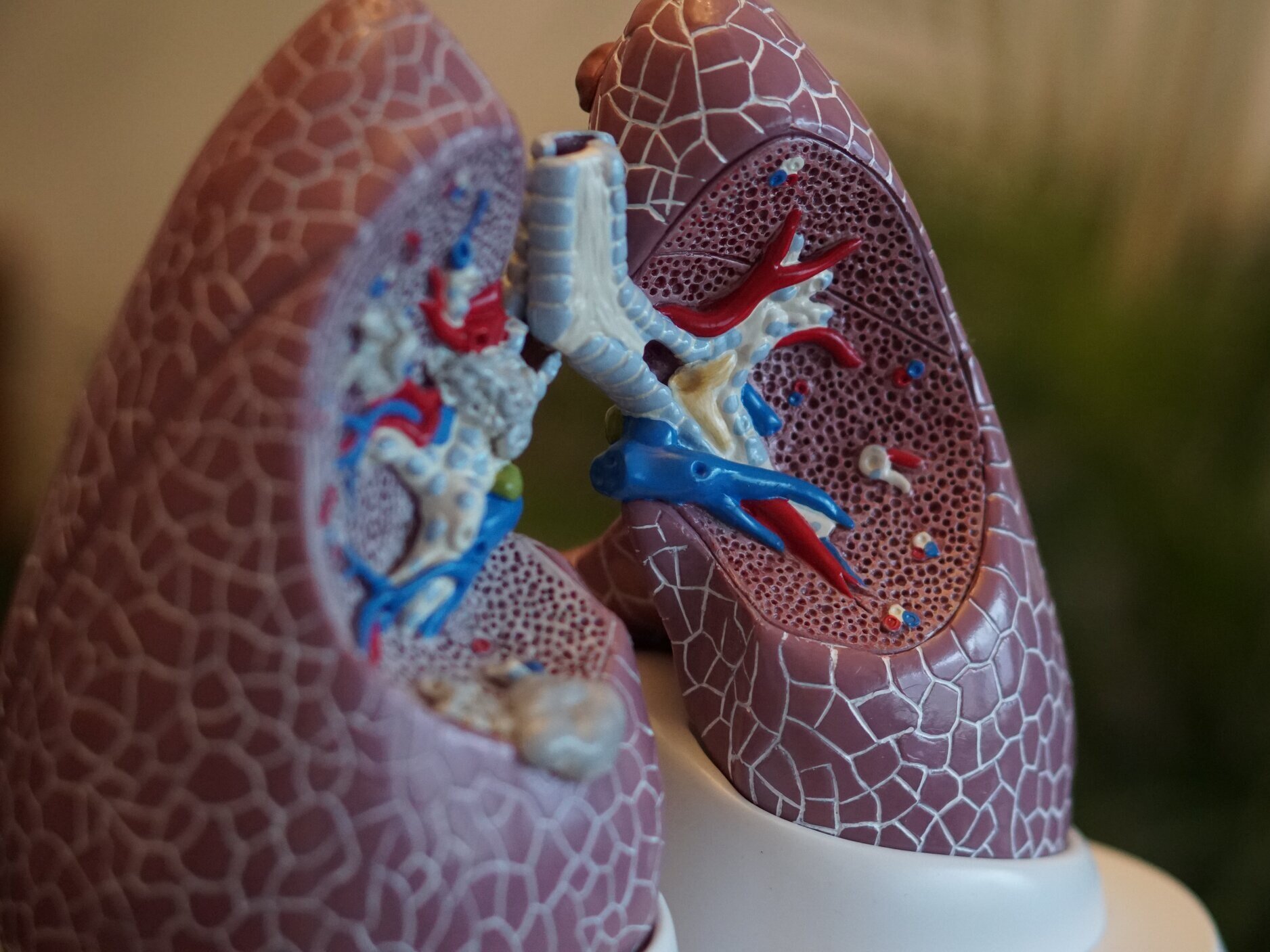Instead, I often have my patients name 3-5 colors that they can see around them. This allows the prefrontal cortex and the visual cortex to sit on the amygdala and slow the inner dialog, effectively lowering their anxiety. I thought that naming colors was the same neurological idea of breathing - just a different modality. Plus, I like being able to explain the neurophysiology: vision is at least 30% of our brain.
As a student of psychophysiology, I keep lists of physiology that cause mental health symptoms. When thinking about what can create the physical sensation of fear, independent from present or past emotional causes, I think about:
The amygdala being activated by the adrenaline released when the body needs to increase glucose, such as in hypoglycemia.
Nutrient deficiencies, such as protein, iron, and B vitamins.
The Vegas Nerve being mechanical pinched at the first and second cervical vertebrae (See Stanley Rosenburg's Book: Accessing the Healing Power of the Vagus Nerve: Self-Help Exercises for Anxiety, Depression, Trauma, and Autism.)
Now, I have a fourth item on my list: Carbon dioxide intolerance caused by survival breathing.
After reading Breath, I now think very differently about breathing as a tool for healing anxiety. James discusses how people can develop a narrow window of tolerance to carbon dioxide. He shares an example where a woman had no functional amygdala – so no fear responses to spiders, snakes, dangerous people... However, when she inhaled an air mixture with an increased carbon dioxide content, she had a full blow panic attack, and would NOT repeat the experiment.
What I had not appreciated, until reading this book, is that we have chemoreceptors in our brain and in our arteries that are monitoring for carbon dioxide and pH. As carbon dioxide builds up in our bloodstream, it triggers anxiety – sometimes high enough to create a full-blown panic attack.
But, if we don't have enough carbon dioxide in our systems, we can't properly oxygenate our bodies. With breathing patterns that keep carbon dioxide low, our tissues (muscles, digestive system, and brain) suffer from low oxygen states. We can develop fatigue, insomnia, sleep apnea, hypertension, cardiovascular disease, depression, anxiety, inflammation, auto-immune disease and have a weakened immune system. To be physically and mentally healthy, we need to have a range of carbon dioxide that we can tolerate. Studies indicate that people with anxiety have a very narrow range of carbon dioxide levels that they can handle (see links below).
When we breathe through our mouths, we bring 20% less oxygen into our lungs. Breathing through our noses prepares the oxygen to be absorbed by the lungs into the red blood cells by removing bacteria, viruses, and particulates, increasing the humidity, and slowing the velocity of the molecules so that they can be absorbed into the capillaries carrying the red blood cells.











